Introduction
Heavy equipment like kilns, crushers and mills is used in the cement industry, and they operate continuously under challenging circumstances. These devices deteriorate over time and require repair.
Maintaining their health is important, but it can be quite difficult. A malfunctioning machine can halt production altogether, resulting in losses and delays. Conventional repair techniques are laborious and frequently call for taking the damaged parts out and sending them to a workshop.
Longer downtime, higher costs and time are all consequences of this process. In-situ boring for the cement industry is a clever solution that fixes machines on-site and saves time and money to avoid these issues.
What is In-Situ Boring?
In-situ boring for the cement industry is a repair technique that fixes worn-out or damaged machine holes on-site without removing the components. In situ translates to on-site.
Portable boring machines that are simple to move and erect close to the damaged area are used in this procedure. The worn hole is cut and reshaped by the machine to the proper size and alignment.
It is employed to fix large machine parts, gearboxes and bearing housings. Because it saves time, money on transportation and minimises machine downtime, In-situ boring for the cement industry is a quick and efficient method of repairing heavy machinery.
Why In-Situ Boring is Ideal for Cement Plants?
Money is lost with every minute of machine downtime in the cement industry. For this reason, the preferred repair method is now in-situ boring. The reason is as follows.
- There is very little downtime.
Heavy machinery does not need to be disassembled because repairs are completed on-site.
There is no waiting period when parts are transported to and from outside workshops. Machines return to work more quickly, preventing production delays.
- Accurate alignment.
High accuracy is provided by In-situ boring for the cement industry, which is important for large machinery like gearboxes, mills and kilns.
A properly aligned machine lasts longer and is less likely to break down in the future. contributes to the plant’s continued efficient and seamless operation.
- Savings on costs.
Eliminates the need for transportation and disassembly, saving a significant amount of money. Most jobs don’t require hiring outside workshops. More output and profit result from fewer shutdowns.
In-situ boring for the cement industry is a precise, economical and time-efficient technique that prevents lengthy disruptions to cement plants. Instruments.
Applications in the Cement Industry
Many key areas of a cement plant use In-situ boring for the cement industry. These are a few important applications.
- Kiln Tyre Machining: The surface of kiln tires becomes uneven with time. Without taking the tire off in situ, boring smooth and fixing it.
- Repairs for Trunnion Bores: Trunnions sustain large rotating machinery such as mills and kilns. Their bores eventually wear out. Correct alignment and size are restored through in-situ boring.
- Mill Alignments: The shafts and bores of grinding mills need to be precisely aligned for them to operate efficiently. In-situ boring guarantees this accuracy.
Case Study.
An extremely worn-out trunnion bore at a sizable cement plant in India was causing vibration and breakdown. In just two days, the repair was completed without removing the part, using in-situ boring.
This demonstrated the effectiveness and speed of this approach by saving over ₹10 lakhs in expenses and 10 days of downtime.
Step-by-Step In-Situ Boring Process
This is the step-by-step procedure for In-situ boring for the cement industry.
Step 1: Evaluation and measurement.
The damaged part is examined closely first. To determine the extent of wear or misalignment in the bore (hole), technicians utilise measuring instruments. Measurements are taken precisely to plan the boring job.
Step 2: Setting up for machining.
They bring a portable boring machine to the location. To ensure proper alignment with the bore, the machine is secured in place using clamps or brackets. Before beginning the cutting, the setup is checked for accuracy and stability
Step 3:- Tedious and final.
Slowly and carefully, the boring machine starts cutting the worn-out bore. Until the hole is the right size and shape, the tool gradually removes metal. The surface is finished after boring to make it smooth and usable.
Step 4: Quality assurance.
Final measurements are taken following machining. To make sure they adhere to the necessary standards, alignment, roundness and size are examined.
After approval, the machine is taken out, and the part is prepared for use. With this method, the repair is quick, precise and dependable without requiring the machine part to be taken out of its location.
Conclusion
A clever and contemporary remedy for cement plants dealing with equipment wear and failures is in-situ boring. It guarantees precise repairs on the spot, helps prevent lengthy downtimes and saves the high cost of disassembly.
It maintains production efficiency with a quicker turnaround and longer machine lifespan. The best option for cement plants seeking to increase productivity and lower repair costs is in-situ boring.
Using knowledgeable technicians and cutting-edge portable equipment, MPA Power Project provides professional in-situ boring services.
Cement plants can remain profitable and productive without needless delays or costs thanks to their teams’ fast, accurate, and economical repairs.




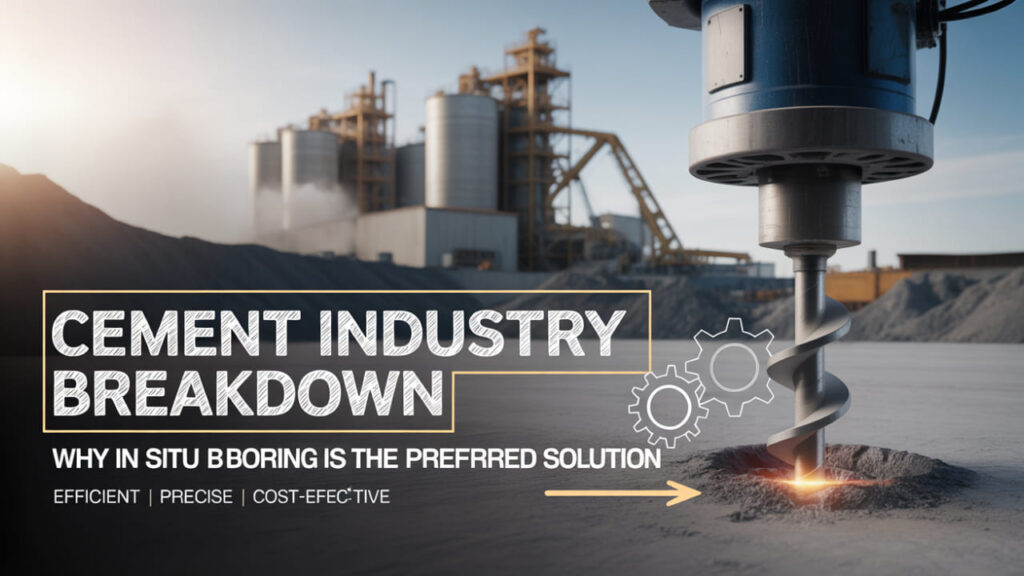
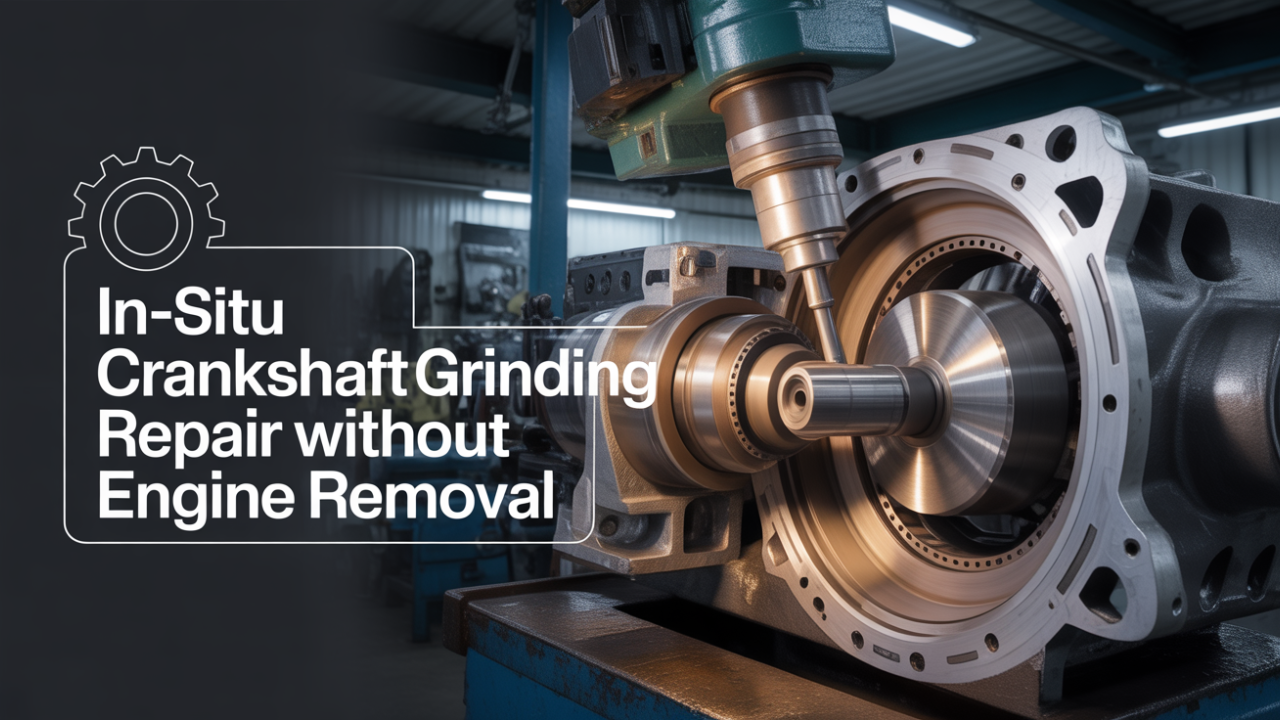
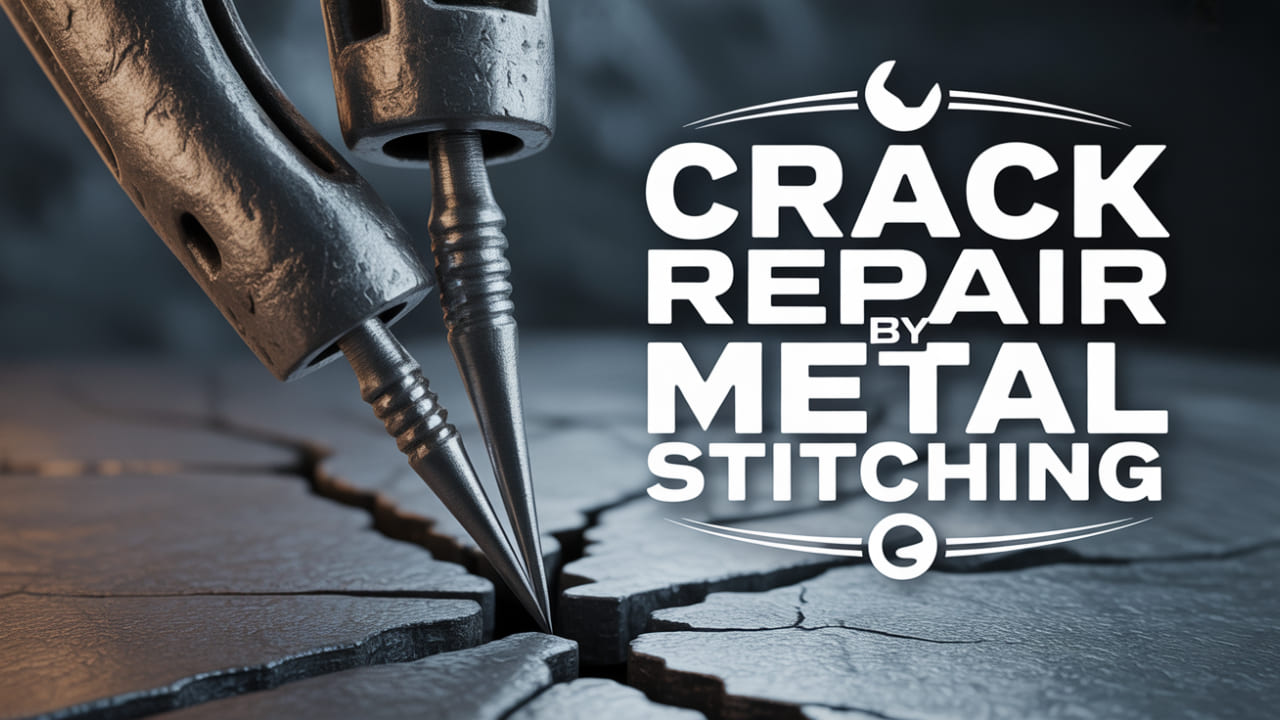
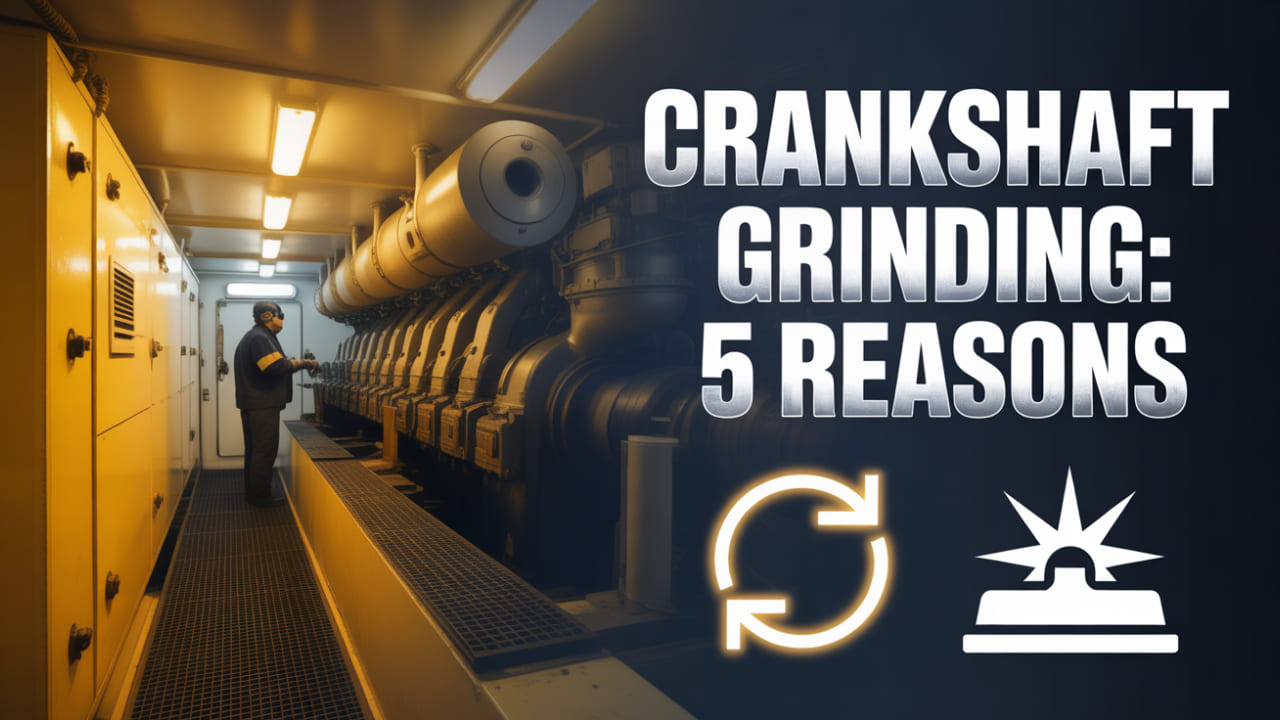
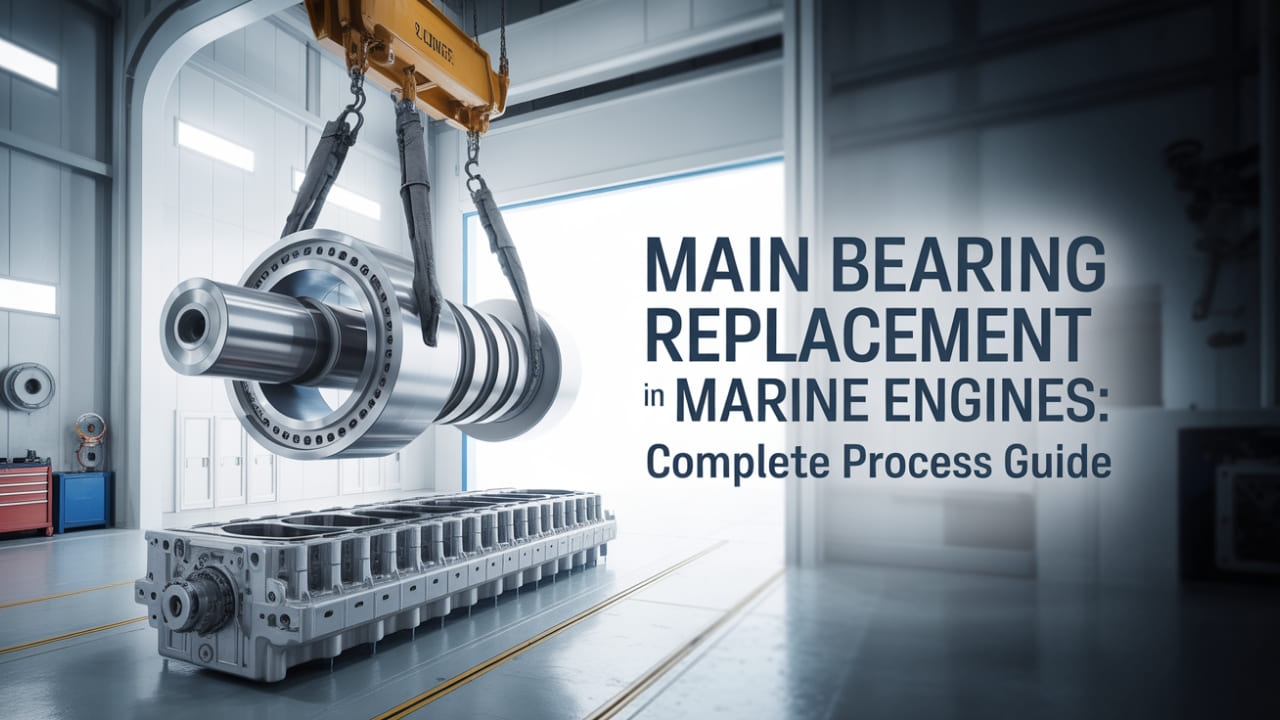

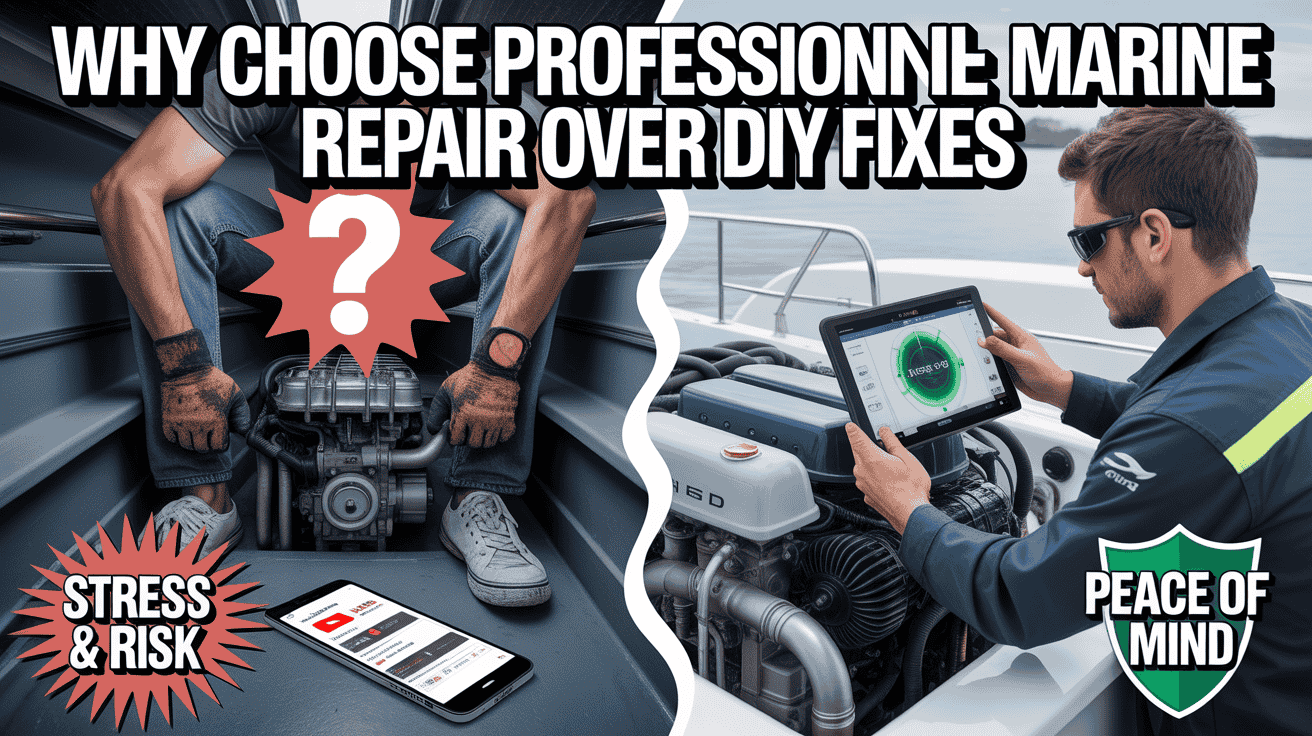
No Comments